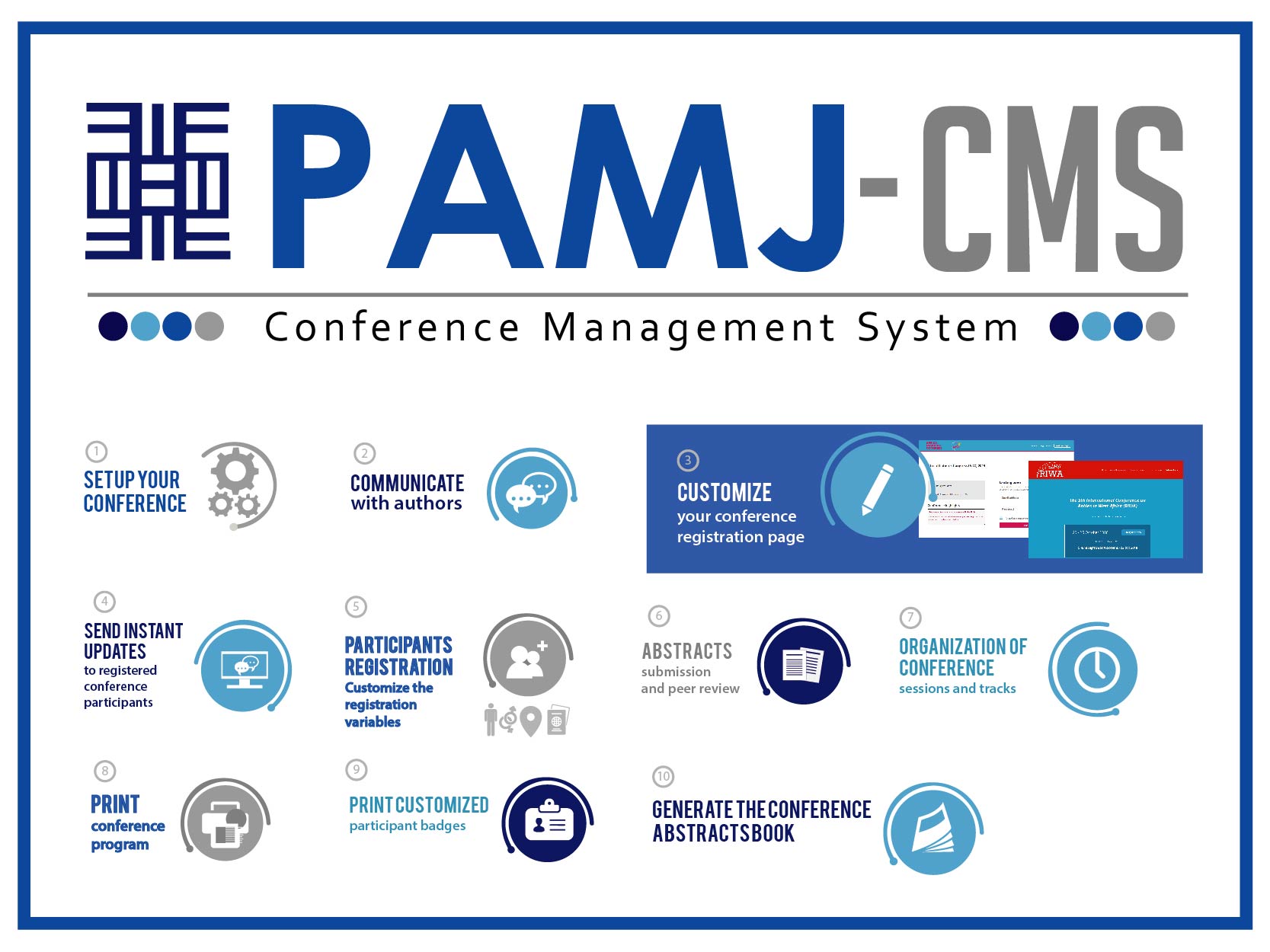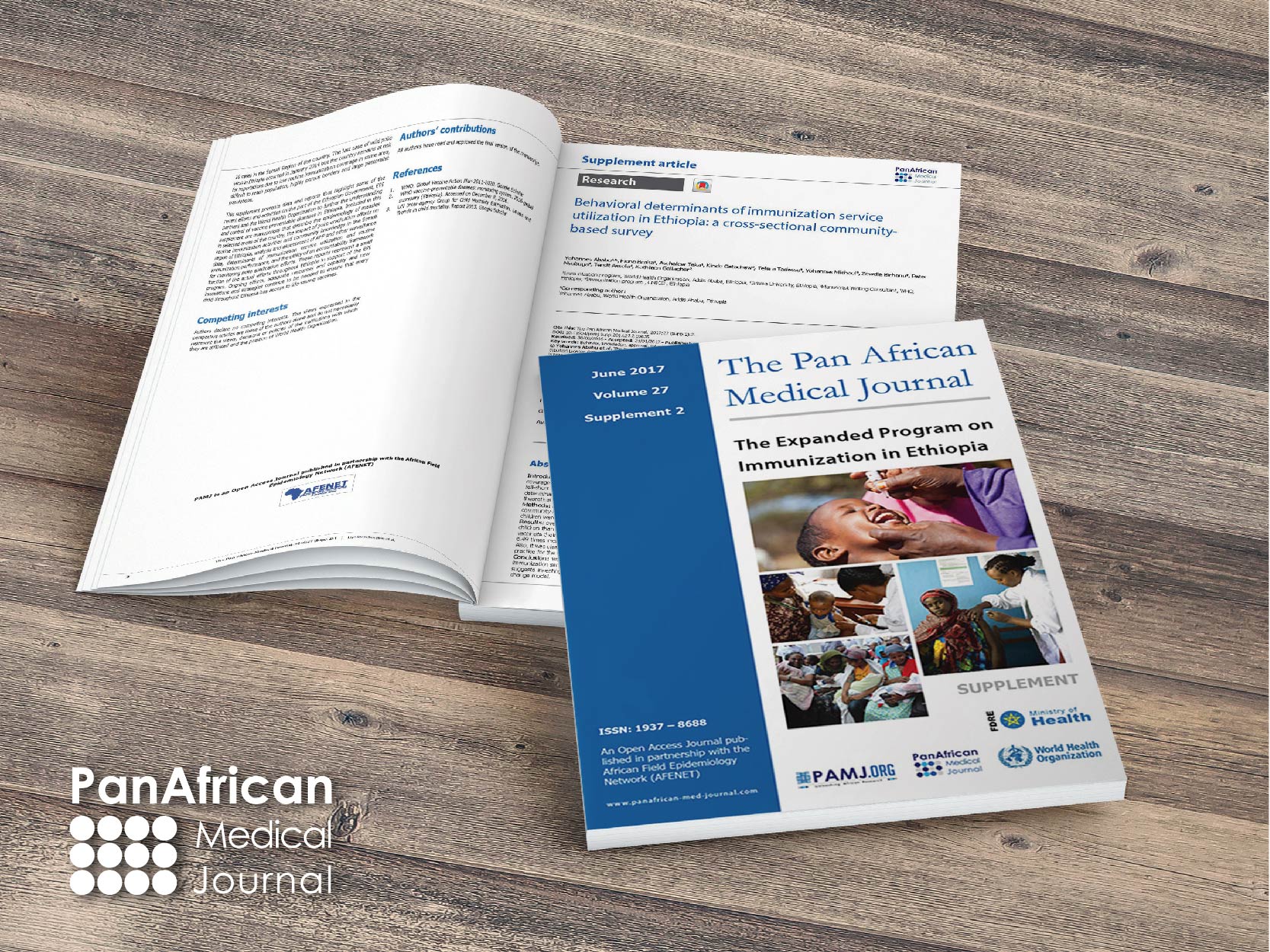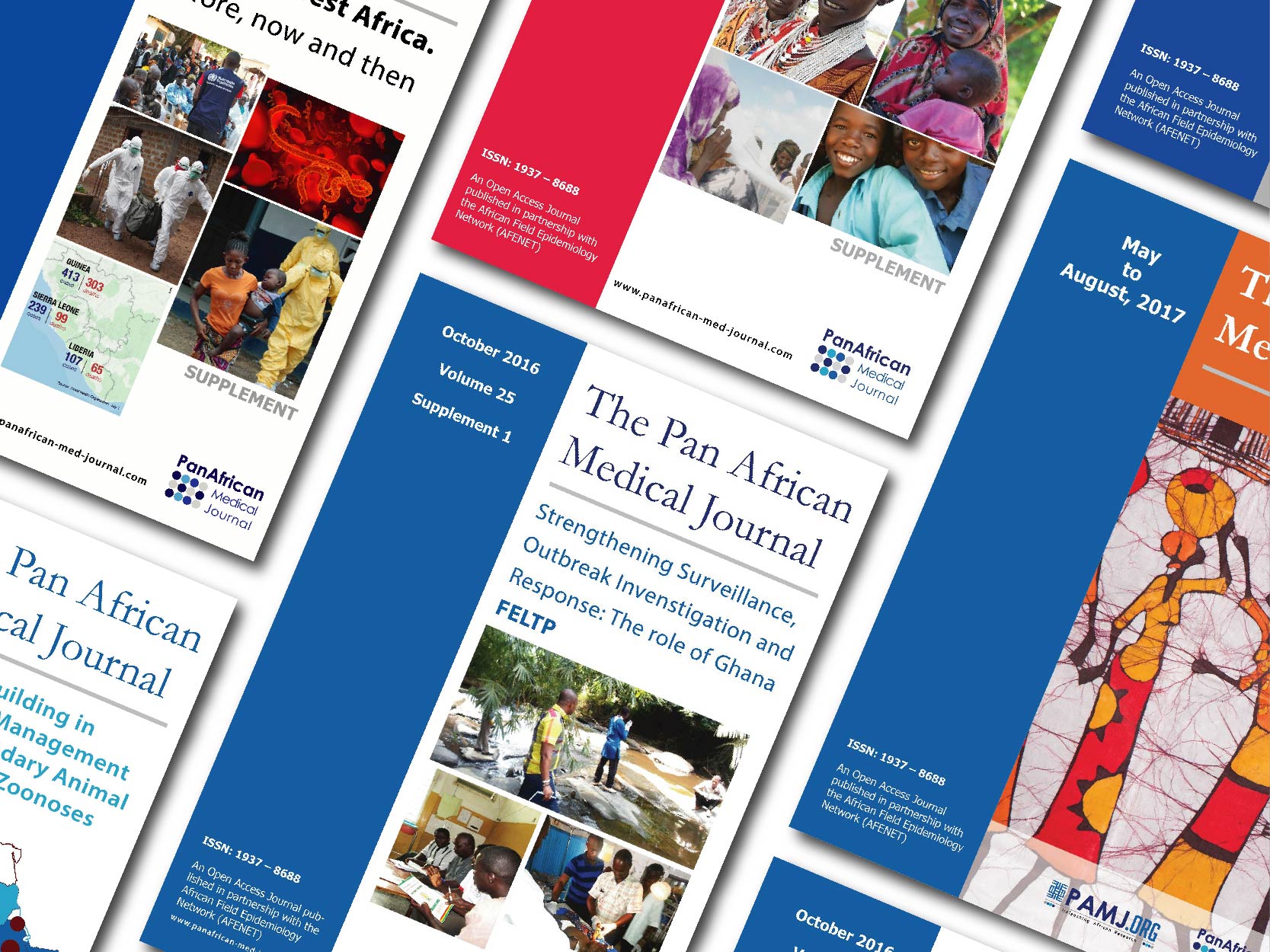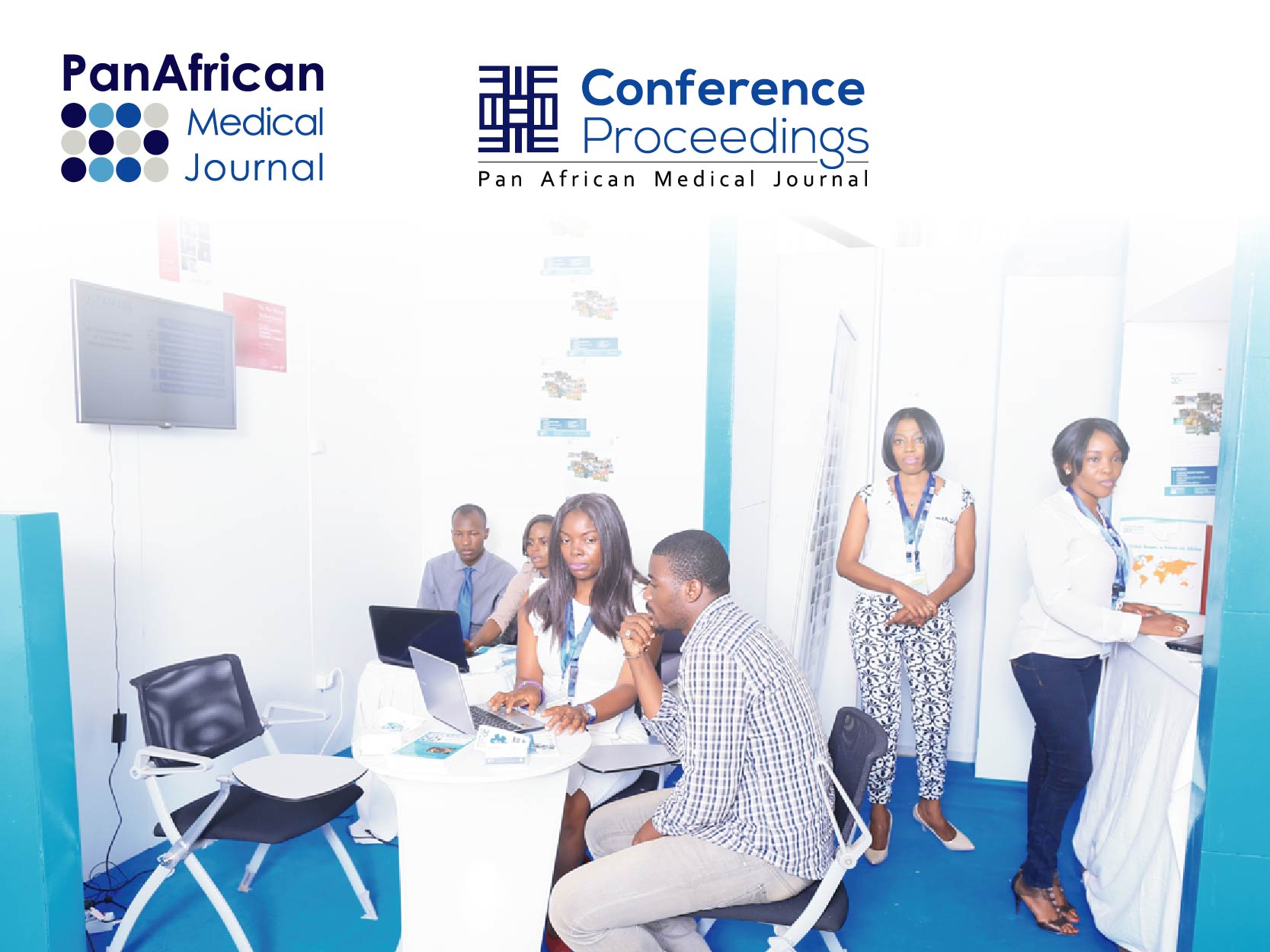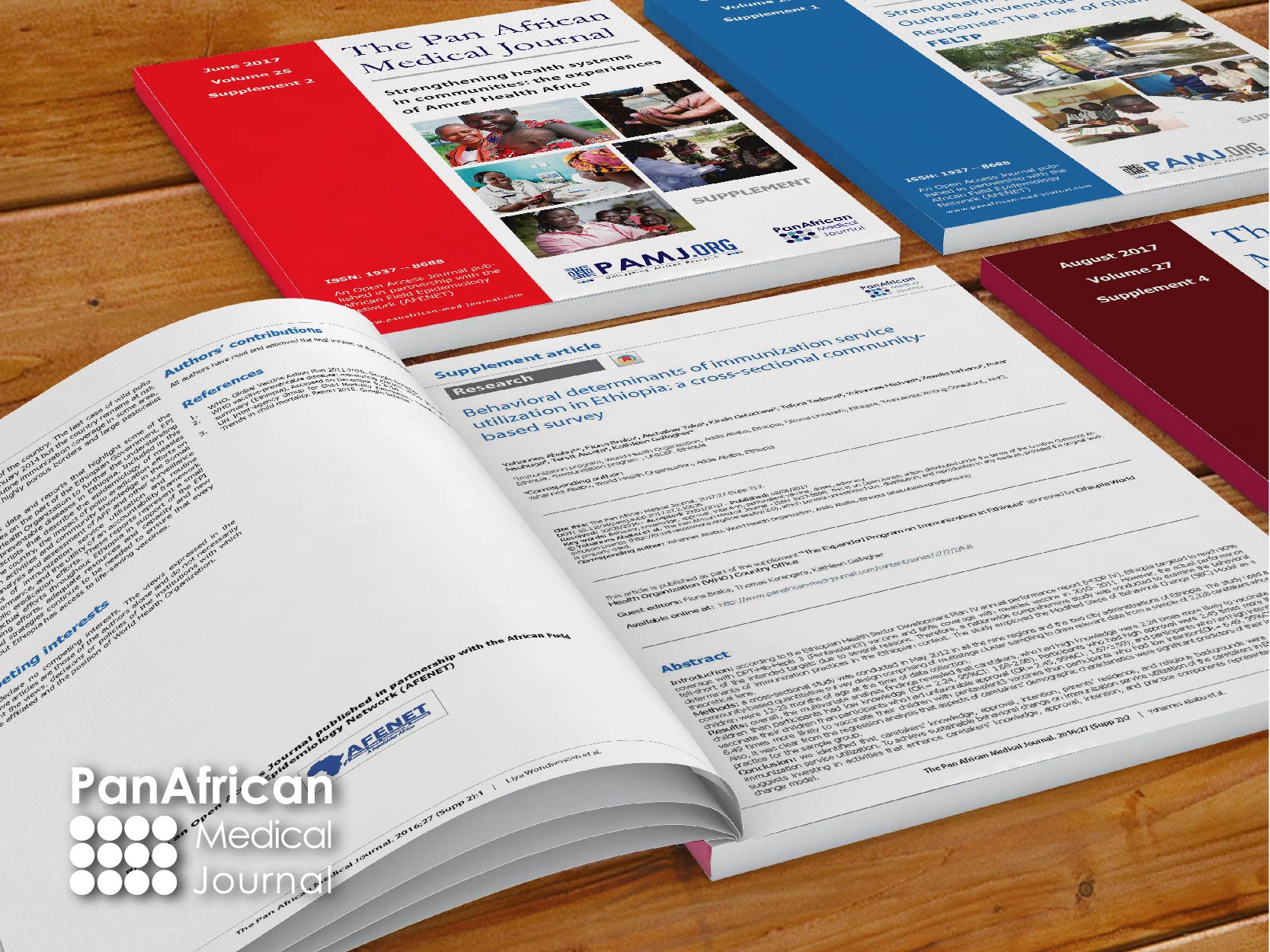Conference abstract
M101 and the diabetic foot in Africa
Pan African Medical Journal - Conference Proceedings. 2024:22(25).25
Nov 2024.
doi: 10.11604/pamj-cp.2024.22.25.2606
Archived on: 25 Nov 2024
Contact the corresponding author
Keywords: M101, diabetic foot, ulceration, Africa
Oral presentation
M101 and the diabetic foot in Africa
Chiayé Claire Antoinette Yapo-Crezoit1,&, Solange Kakou- Ngazoa2, Franck Zal3
1Société d'Immunologie Clinique et Biologique de Cote d'Ivoire (SICB-CI), Cote d'Ivoire, 2BIORESEARCH CI, Ivory Coast, 3HEMARINA, Ivory Coast
&Corresponding author
Introduction: the diabetic foot remains a major concern in the management of diabetics. Every 30 seconds, a diabetic foot is amputated worldwide, with extremely significant societal, economic, and psychological impacts. M101 is an O2 transporter that is an extracellular haemoglobin derived from the common marine worm that colonizes the tidal zones of Europe, and has already proved its effectiveness. This molecule has been manufactured into a gel dressing called HEMHealing, which has shown remarkable results and could reduce or even eliminate this traumatic outcome.
Methods: the aim is to initiate a therapeutic trial with M 101 versus placebo and/or conventional treatment in a population of diabetics suffering from this condition, distributed according to the genetic variability observed in various regions of Africa.
Results: the expected results will make it possible to assess the efficacy of M101 treatment, and the response of the target populations according to their genetic variability.
Conclusion: M101 is a major innovation that can be applied to limit amputations in African diabetics.
M101 and the diabetic foot in Africa
Chiayé Claire Antoinette Yapo-Crezoit1,&, Solange Kakou- Ngazoa2, Franck Zal3
1Société d'Immunologie Clinique et Biologique de Cote d'Ivoire (SICB-CI), Cote d'Ivoire, 2BIORESEARCH CI, Ivory Coast, 3HEMARINA, Ivory Coast
&Corresponding author
Introduction: the diabetic foot remains a major concern in the management of diabetics. Every 30 seconds, a diabetic foot is amputated worldwide, with extremely significant societal, economic, and psychological impacts. M101 is an O2 transporter that is an extracellular haemoglobin derived from the common marine worm that colonizes the tidal zones of Europe, and has already proved its effectiveness. This molecule has been manufactured into a gel dressing called HEMHealing, which has shown remarkable results and could reduce or even eliminate this traumatic outcome.
Methods: the aim is to initiate a therapeutic trial with M 101 versus placebo and/or conventional treatment in a population of diabetics suffering from this condition, distributed according to the genetic variability observed in various regions of Africa.
Results: the expected results will make it possible to assess the efficacy of M101 treatment, and the response of the target populations according to their genetic variability.
Conclusion: M101 is a major innovation that can be applied to limit amputations in African diabetics.



